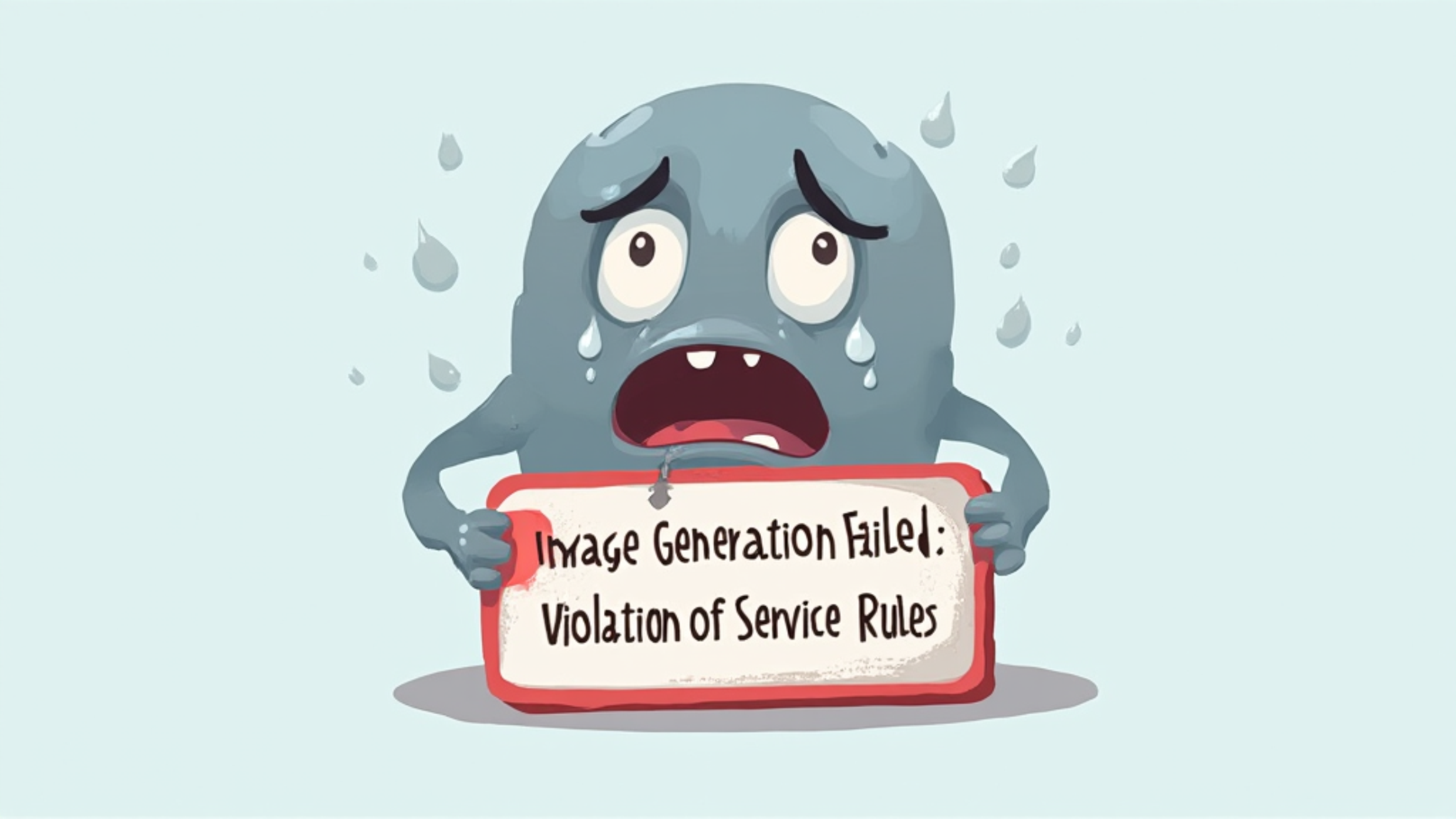Navigating the Stock Market Rollercoaster: Tips for Investors
What Causes Market Fluctuations?
Market fluctuations are primarily driven by supply and demand dynamics. When investors perceive potential growth, demand increases, leading to price surges. Conversely, negative news can trigger panic selling, causing prices to plummet. This volatility is often exacerbated by macroeconomic factors such as interest rates and inflation. Economic indicators can sway investor sentiment significantly. It’s crucial to monitor these trends closely. Understanding these elements can enhance investment strategies. Knowledge is power. Additionally, geopolitical events can introduce uncertainty, further impacting market stability. Stay informed and vigilant.
The Impact of Economic Indicators
Economic kndicators play a crucial role in shaping market expectations. For instance, rising unemployment rates often signal economic distress, prompting investors to reassess their portfolios. This reassessment can lead to increased volatility. Understanding these indicators is essential for informed decision-making. He must analyze data such as GDP growth and consumer confidence. These metrics provide insight into economic health. Knowledge is key. Furthermore, central bank policies, particularly interest rate adjustments, can significantly influence market dynamics. Investors should remain alert to these changes. Awareness leads to better strategies.
Investment Strategies for Uncertain Times
Diversification: Spreading Your Risk
Diversification is a fundamental strategy for managing investment risk. By allocating assets across various sectors, he can mitigate potential losses. This approach may include:
Each asset class reacts differently to market conditions. This reduces overall portfolio volatility. He should regularly review his allocations. Adjustments may be necessary based on market trends. Awareness is crucial. Diversification is not a guarantee against loss. It is a prudent strategy.
Long-Term vs. Short-Term Investing
Long-term investing focuses on capital appreciation over years. This strategy often involves lower transaction costs. He can benefit from compounding returns. In contrast, short-term investing aims for quick gains. It requires active management and frequent trading. This approach can lead to higher costs. Key considerations include:
He should assess his financial goals. Each strategy has its merits. Understanding both is essential. Knowledge empowers better decisions.
Utilizing Technical Analysis
Key Indicators to Watch
Key indicators are essential for effective technical analysis. He should monitor price trends and volume changes. These metrics provide insights into market sentiment. Important indicators include:
Each indicator serves a specific purpose. Moving averages help identify trends. RSI indicates overbought or oversold conditions. He must analyze these tools carefully. Understanding their implications is vital. Knowledge leads to informed trading decisions.
Chart Patterns and Their Significance
Chart patterns are crucial for predicting future price movements. He should recognize formations such as head and shoulders, triangles, and flags. Each pattern indicates potential market behavior. For example, a head and shoulders pattern often signals a trend reversal. This can lead to strategic entry or exit points.
Additionally, triangles can suggest continuation or reversal. He must analyze volume alongside these patterns. Volume confirms the strength of a pattern. Understanding these nuances enhances trading strategies. Knowledge is essential for success.
The Role of Fundamental Analysis
Evaluating Company Performance
Evaluating company performance is essential for informed investment decisions. He should analyze key financial metrics such as earnings per share (EPS), price-to-earnings (P/E) ratio, and return on equity (ROE). These indicators provide insight into profitability and efficiency.
Additionally, examining revenue growth and profit margins is crucial. Consistent growth signals a healthy company. He must also consider industry trends and competitive positioning. Understanding the broader market context is vital.
Understanding Market Sentiment
Understanding market sentiment is crucial for effective investing. It reflects the overall attitude of investors toward a particular security or market. He should analyze indicators such as consumer confidence and market surveys. These metrics provide insight into potential price movements.
Additionally, news events and economic reports can significantly influence sentiment. Positive news often leads to bullish behavior, while negative news can trigger bearish trends. He must remain aware of these influences. Awareness is key to making informed decisions.
Risk Management Techniques
Setting Stop-Loss Orders
Setting stop-loss orders is a vital risk management technique. These orders automatically sell a security when it reaches a predetermined price. He should determine the appropriate stop-loss level based on his risk tolerance. This helps limit potential losses.
Additionally, trailing stop-loss orders can be beneficial. They adjust automatically as the price moves in his favor. This allows for profit protection while minimizing risk. He must regularly review and adjust these orders. Awareness is essential for effective risk management.
Position Sizing and Capital Allocation
Position sizing and capital allocation are critical components of risk management. He must find out the appropriate amount to invest in each trade. This decision should be based on his overall portfolio size and risk tolerance. A common guideline is to risk no more than 1-2% of the total capital on a single trade.
Additionally, diversifying investments across various asset classes can mitigate risk. He should regularly reassess his allocations based on market conditions. Awareness of market dynamics is essential. Knowledge leads to better investment outcomes.
Staying Informed and Educated
Resources for Continuous Learning
Resources for continuous learning are essential for investors. He should utilize financial news platforms, research reports, and academic journals. These sources provide valuable insights into market trends and economic indicators. Additionally, online courses and webinars can enhance his knowledge base.
Participating in investment forums and networking with professionals is also beneficial. Engaging with peers fosters knowledge exchange. He must stay updated on regulatory changes and market developments. Awareness is crucial for informed decision-making.
Networking with Other Investors
Networking with other investors is vital for growth. He can gain diverse perspectives and insights. Engaging in discussions can reveal new strategies. Additionally, attending investment seminars and workshops fosters connections. These interactions often lead to valuable partnerships.
He should also consider joining investment clubs. Such groups provide a platform for sharing knowledge. Collaboration enhances understanding of market dynamics. Awareness of different viewpoints is essential. Knowledge is a powerful tool.
